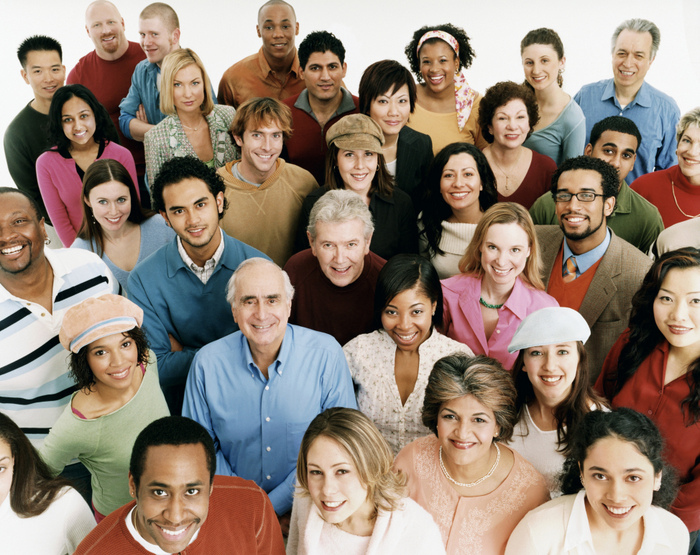Discussions of race can often be inflammatory, especially as they pertain to an issue like drug addiction. On the one hand, it’s almost impossible to remove race from the equation, especially if there is clear evidence that different races and ethnicities show different rates of addiction, and different rates of recovery. On the other, it’s also easy to make incorrect assumptions about what the statistics represent.
It’s important to not only understand that there are differences, but to also be able to understand why; so that we can understand how best to help.
Racial and Ethnic Differences in Drug Addiction
In an article on race and recovery, published at http://www.dualdiagnosis.org/race-recovery/, it was revealed that rates of addiction were highest in the Native American communities, at 15 percent.
Those who identified as mixed race and white were in second and third place, at 9.2 percent and 9 percent respectively and rates of addiction among the Hispanic population was recorded at 7.7 percent.
African Americans and Asian/Pacific Islanders were at the lower end of the scale at five percent and 3.5 percent respectively.
Racial and Ethnic Differences in Drug Treatment
Although Native Americans have the highest rates of addictions, the actual rates of treatment are some of the lowest at 2.3 percent.
Whites, who rank third for drug addiction, actually rank first in treatment, at 59.8 percent.
African Americans run a distant second at 20.9 percent, and Hispanics third at 13.7 percent.
Approximately 2.3 percent of mixed race individuals seek treatment, and only one percent of Asians and Pacific Islanders seek treatment.
The Reasons for the Differences
The numbers for addiction in whites and African Americans is another issue that needs to be addressed. The popular narrative is that African Americans, tend to use drugs more than whites, and that whites are less likely to use drugs than other ethnic groups as well.
In fact, although rate of addiction in whites is almost twice that of African Americans, the rate of incarceration for drug offences for African Americans was almost eighteen times that of whites.
The higher rates of addiction in whites could explain the higher treatment rates in whites versus blacks, but it does not explain the higher treatment rates in whites versus Native Americans or whites versus Hispanics.
Below are some of the reasons that people of other races and ethnicities might not get treatment as often as whites:
Poverty and Access to Care
Although there are whites living in poverty, the Institute for Research on Poverty shows that poverty rates were highest among African Americans, and lowest among non-Hispanic whites. Prior to the passage of the Affordable Care Act (ACA) those living in poverty often did not have access to healthcare, including drug treatment programs.
Dr. R. Dale Walker, a Cherokee psychiatrist who works closely with the Native American communities in Oregon, also cites poverty and access to care as one of the many factors in the high rates of addiction and low rates of treatment.
Cultural Differences
Culture plays a large role in how people seek healthcare, and how they are treated by healthcare professionals.
A report on Race, Ethnicity, Culture, and Disparities in Healthcare revealed that fiver percent African American, and other minority patients reported experiencing discrimination from healthcare professionals. That experience with discrimination could prevent minorities from seeking medical help, including treatment for addiction issues.
There could also be certain cultural taboos against admitting to mental health issues, of which drug addiction is a part, or getting mental healthcare. As a result, some people of color might not recognize or acknowledge the signs of addiction.
Legal Differences
As previously stated, African Americans are often incarcerated for drug offences at much higher rates as whites. African American men are also less likely to be offered drug treatment in lieu of drug time, versus whites and Hispanics. This means that for a large number of African American addicts and drug users, prison is the only form of drug treatment that they get.
Solutions
Of course, the best solution is making changes to the institutional systems that generate more drug arrests and harsher sentences for African Americans.
Barring that, it is also helpful if healthcare professionals learn to be aware of any biases and prejudices that they may bring to the table, and which could affect the quality of care that they give their patients. It will also help if there are treatment programs tailored to the concerns and needs of people of color.
It’s also important to educate people within communities of color to address cultural taboos, so that they see the importance of acknowledging and seeking help for drug addiction, and other mental health issues.
Article Submitted By Derrick Manning (Community Writer).




